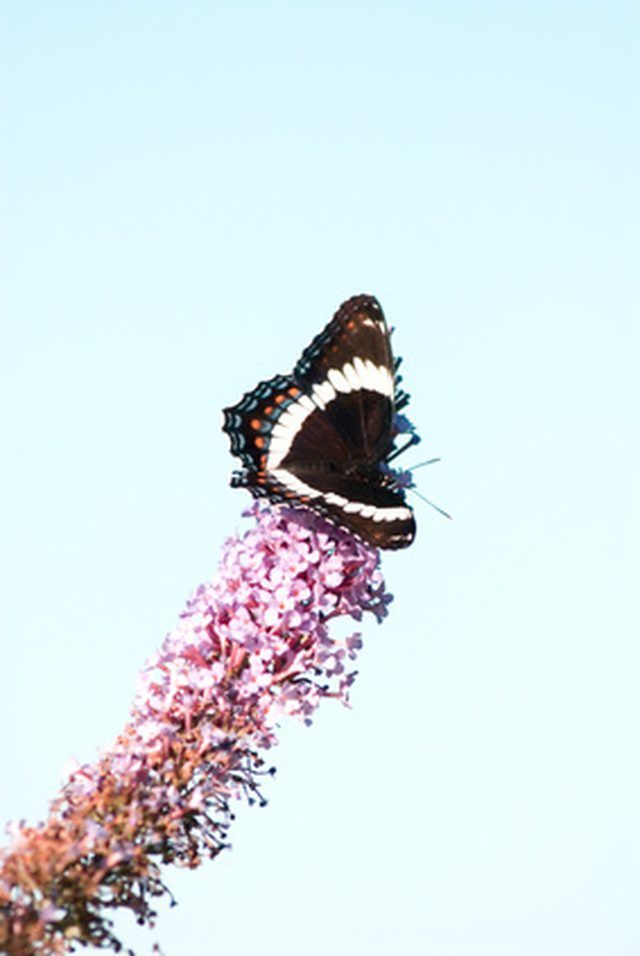Bulbs
Flower Basics
Flower Beds & Specialty Gardens
Flower Garden
Garden Furniture
Garden Gnomes
Garden Seeds
Garden Sheds
Garden Statues
Garden Tools & Supplies
Gardening Basics
Green & Organic
Groundcovers & Vines
Growing Annuals
Growing Basil
Growing Beans
Growing Berries
Growing Blueberries
Growing Cactus
Growing Corn
Growing Cotton
Growing Edibles
Growing Flowers
Growing Garlic
Growing Grapes
Growing Grass
Growing Herbs
Growing Jasmine
Growing Mint
Growing Mushrooms
Orchids
Growing Peanuts
Growing Perennials
Growing Plants
Growing Rosemary
Growing Roses
Growing Strawberries
Growing Sunflowers
Growing Thyme
Growing Tomatoes
Growing Tulips
Growing Vegetables
Herb Basics
Herb Garden
Indoor Growing
Landscaping Basics
Landscaping Patios
Landscaping Plants
Landscaping Shrubs
Landscaping Trees
Landscaping Walks & Pathways
Lawn Basics
Lawn Maintenance
Lawn Mowers
Lawn Ornaments
Lawn Planting
Lawn Tools
Outdoor Growing
Overall Landscape Planning
Pests, Weeds & Problems
Plant Basics
Rock Garden
Rose Garden
Shrubs
Soil
Specialty Gardens
Trees
Vegetable Garden
Yard Maintenance
How to Transplant a Butterfly Bush
How to Transplant a Butterfly Bush. Butterfly bush is a woody ornamental shrub that is native to parts of Japan and China. The plant is identified by woody stems that can reach up to 15 feet in height and contain flower spikes at the end of each arching stem. Butterfly bush is named for the shrub’s tendency to attract bees and butterflies....

Butterfly bush is a woody ornamental shrub that is native to parts of Japan and China. The plant is identified by woody stems that can reach up to 15 feet in height and contain flower spikes at the end of each arching stem. Butterfly bush is named for the shrubís tendency to attract bees and butterflies. The plant is very drought tolerant and will grow in a wide range of soils, which makes it an ideal bush for many different areas of the country. Butterfly bushes are easy to start from cuttings, but will also transplant easily as well.
Things You'll Need
Rototiller
Peat moss
Compost
Balanced, granulated (10-10-10) fertilizer
Shovel
Branch loppers
Rain gauge
Prepare a bed for the butterfly bush in a new location by breaking up the ground to a depth of 12 inches with a rototiller. Spread a 4-inch layer of peat moss, compost and a balanced, granulated (10-10-10) fertilizer over the surface of the soil. Use the amount of fertilizer recommended by the packaging. Fertilizer amounts will vary among fertilizer brands. Mix the soil amendments into the soil with a rototiller.
Dig up your butterfly bush by the roots by inserting your shovel into the ground in a circle just outside of the plantís drip line. If you encounter any large roots beyond the drip line, cut them with a pair of branch loppers. Insert the shovel into the soil beneath the root ball and lift upward by tilting the shovel backwards.
Dig a planting hole in the new location that is slightly larger than the root ball of the butterfly bush. The hole should not be any deeper than the root ball. Place the bush into the new hole and fill in around the sides of the roots with the excavated soil.
Water the roots of the bush with 1/4 inch of water four times daily for up to 10 days. Gradually reduce the amount of water you use until you are only watering during drought conditions. You can use a rain gauge to measure the amount of water that you use.
Tips & Warnings
Large butterfly bushes may transplant easier if you root prune the plants. To root prune a butterfly bush, insert a spade vertically into the ground in a ring around the bushís drip line with a spade. The spade will cut the roots just outside the drip line and force the plant to grow new feeder roots. Wait a year before transplanting and then dig the plantís root ball up with a shovel in a ring 4 inches outside of the root pruning circle.